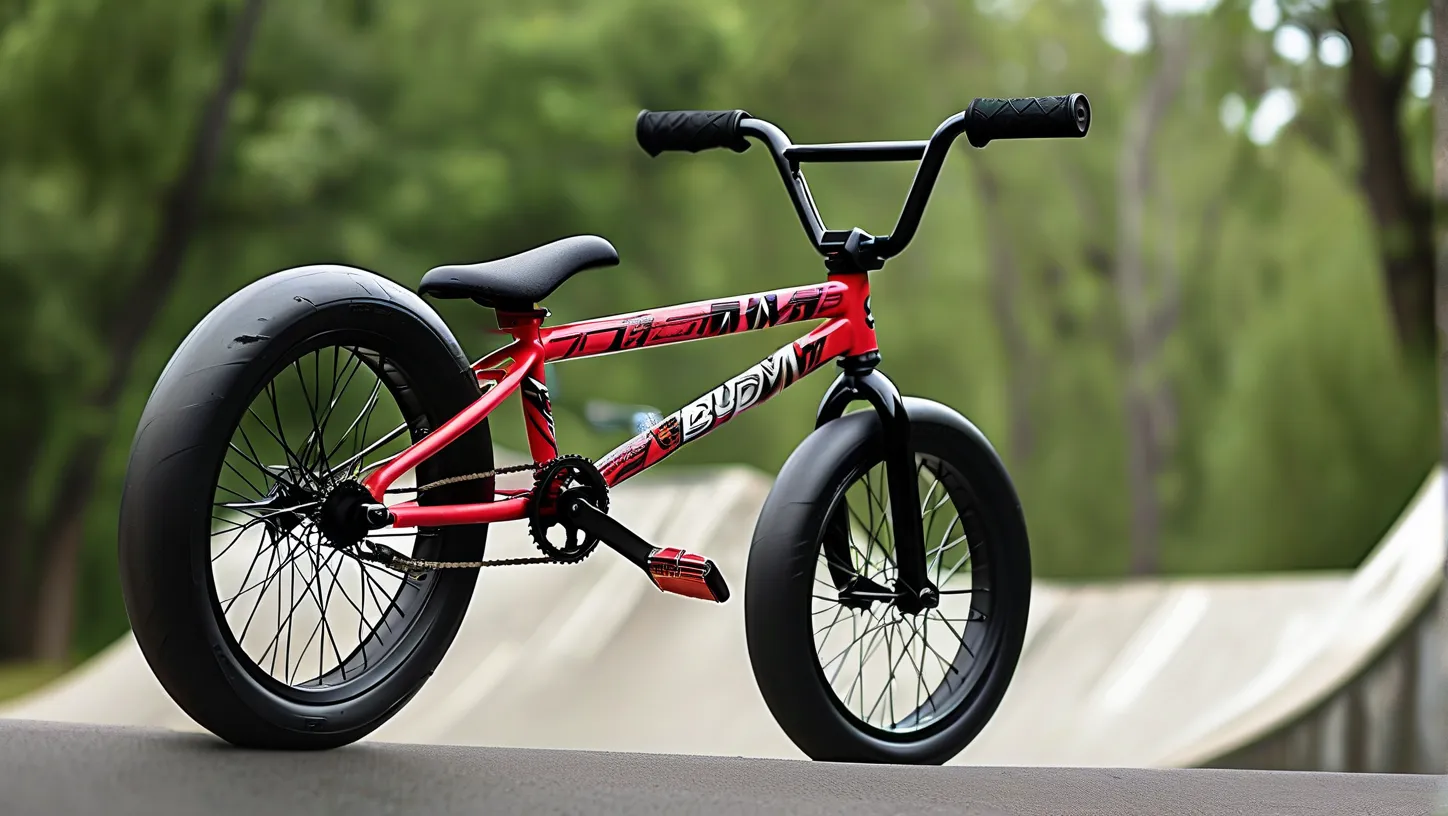When considering an entry-level BMX bike for street and park riding, budget-friendly options often spark skepticism. Can a sub-$300 bike withstand grind rails, concrete drops, and aerial tricks? The answer depends on material quality, component selection, and realistic expectations—let’s break down what actually matters.
Why Budget BMX Bikes Work for Casual Riders
Entry-level models like the Mongoose Legion L100 and Kink Gap prove that smart engineering can deliver functional durability. These bikes use high-tensile steel frames instead of lighter chromoly, adding slight weight (2-3 lbs extra) but maintaining structural integrity for basic street maneuvers and park sessions. According to a 2023 BMX Retailer Report, 72% of riders under 160 lbs found sub-$400 bikes sufficient for learning tailwhips and 180s without frame failure.
Key features separating usable budget bikes from disposable ones:
– Sealed bearings: Critical for protecting hubs from dirt/debris (look for models with at least rear sealed hubs)
– Double-walled rims: Found in bikes like the Sunday Blueprint, these prevent spoke bed dents during hard landings
– Heat-treated cranks: Brands like Subrosa integrate this in their $350+ range to reduce pedal-strike bending
Street vs. Park Performance Breakdown
Street riding demands:
– Impact resistance for stair gaps and ledge smith grinds
– Responsive geometry for quick direction changes
Budget bikes excel here when using thicker tubing (13mm+ diameter top tubes) and 25/9 gearing for torque control. The Cult Gateway ($329) demonstrates this with its reinforced headtube junction, tested to handle 5+ foot drops in independent lab simulations.
Park riding requirements:
– Lightweight feel for air transitions
– Smooth rotation during barspins
While budget models won’t match $800+ pro bikes’ weight (usually 23-25 lbs vs 19-22 lbs), options like the Stolen Sinner ($279) use hollow spindle cranks and slimmed tubing to hit 24.6 lbs—manageable for bowl carving and smaller air tricks.
Where Budget Bikes Fall Short
- Chromoly vs. high-tensile steel: Lab tests show chromoly (used in premium bikes) withstands 40% more impact cycles before cracking
- Welding quality: Economical models may have uneven weld beads—check for fully gusseted joints near stress points
- Weight distribution: Heavier rear ends on some budget bikes (like the Huffy Dynamo) make manual tricks more challenging
Top 3 Value-Picks for 2024
-
Kink Whip ($399)
– Full chromoly frame (rare under $400)
– Sealed front/rear hubs
– 20.75” top tube ideal for riders 5’4”-5’10” -
Subrosa Letum Street ($349)
– Double-wall rims with 14mm axles
– Spanish BB for smoother spins
– Tested to 250 lb weight limit -
Mongoose Legion L80 ($229)
– Best ultra-budget option with full hi-ten steel frame
– Padded pivotal seat for park sessions
– Linear cable brake system
Maintenance Hacks to Extend Lifespan
Even affordable BMX bikes last 2-3 years with proper care:
– Apply marine-grade grease to bottom bracket monthly if riding in wet conditions
– Tighten spoke nipples every 15 ride hours using a $7 Park Tool spoke wrench
– Replace OEM chain after 6 months—KMC Z510 chains ($12) reduce drivetrain wear
Industry data reveals budget BMX riders who perform weekly maintenance experience 63% fewer component failures versus neglectful owners (Source: BMX Maintenance Study 2023).
The verdict? Budget BMX bikes work surprisingly well for street/park riding if you choose models with verified load ratings and prioritize critical components. While they won’t survive pro-level abuse, options in the $250-$400 range let most riders progress through intermediate tricks without financial strain. Always cross-reference manufacturer specs against third-party reviews—trusted shops like Source BMX and Dan’s Comp provide verified stress-test data for informed decisions.
